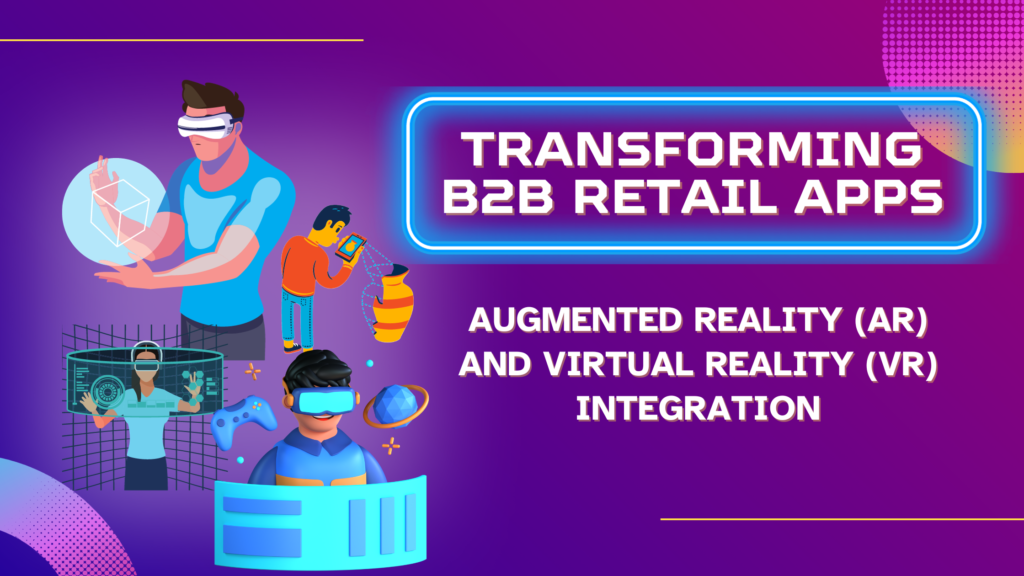Emerged out of Agile methods in 2001, DevOps represents a fundamental departure from the traditional waterfall software development approach.
DevOps solutions is a modern software development method that focuses mainly on the effective collaboration between software developers, project managers, and operations staff, while also aligning with business goals at the same time.
DevOps came into being when developers and operations staff came together to more effectively overcome the challenges associated with continuous software delivery.
DevOps in Mobile Applications
Peerbits takes a holistic view of mobile DevOps, defining it as a capability for continuous mobile app delivery that enables our clients to reduce time-to-market new features and seize new market opportunities simultaneously.
The key principle in DevOps is continuous delivery, which means deploying the software (in this case a mobile app) and the environment on which it runs, automatically and on-demand, during any stage of the mobile app development cycle.
DevOps applies the same principles whether you want to build an app for either mobile or web. However, the challenges in mobile DevOps are a bit different and specific.
Mobile DevOps Challenges
The challenges in mobile DevOps mainly include:
Different OS Versions: Most mobile apps have multiple target environments and multiple devices, which require dealing with different specs, different OS versions and different form factors.
Furthermore, not only is there a wide range of operating systems running in the market, but there are also different installed versions.
Take Android, for instance: The Android market accounts for almost 85 percent of the smartphone market. The below-mentioned chart shows the breakdown of installed Android Versions as of Oct. 26.
As you can see from the chart, Android version 6.0, which according to Wikipedia is now unsupported, is still being used by 21.3 percent of Android users.
This indicates that only a few users update as soon as the new version comes along, while others don’t, either because they don’t want to or because their smartphone manufacturers are not providing newer OS updates.
In addition to this, most Android smartphone manufacturers also tweak newer Android OS slightly, resulting in an increase in the OS fragmentation and making the launch times slower.
Hardware: Smartphone hardware presents two primary challenges. First, smartphone manufacturers offer a good range of chipset, memory, storage options and, most importantly, different screen sizes. This makes it difficult to support each of them.
Second, the mobile device war no longer is being fought only between Apple and Samsung. New smartphone manufacturers are entering the market more often than before. Out of these new rivals, many manufacturers offer low-cost models.
Though Apple and Samsung might be dominating the Western markets right now, in China both of these brands account for only 13.7 percent and 20.7 percent respectively.
In 2015, at least 18 new smartphone manufacturers entered the market in Asia.
This localization and fragmentation of available devices and their different OS versions add considerable complexity to the mobile application development as a challenge.
Balancing Mobile App Quality with Always Changing Consumer
Demand: As the app economy grew in the last recent years, the need for businesses to get their mobile apps released in the market quickly also grew along with it.
However, since consumer expectations are also increasing, the quality of a mobile app is the most essential factor in retaining existing customers as well as attracting the new ones.
In 2018 especially, this is more and more difficult, due to the ease in which customers can delete apps and give poor ratings and reviews to low-quality mobile apps.
As a result, businesses need to be extra careful in terms of their app quality, while consistently adding value to keep their existing customers happy.
All of these factors are putting a strain on mobile app development teams, as the waterfall model approach is not a sustainable practice for today’s consumers.
3 Rules for Successfully Adopting Mobile DevOps
Adopting DevOps in your business mobile app needs only three considerations, which are explained below.
Continuous Planning and Integration
Continuous planning refers to bringing your entire mobile app project team—developers, project managers, operations staff, and other stakeholders—on the same platform to finalize the scope of the mobile app in the preparation of a launch plan.
Continuous integration, on the other hand, ensures that the code submitted by one developer works with the code submitted by the other developer(s). Simply put, continuous integration in mobile DevOps demands frequent builds, which must be integrated with the last developed code.
Continuous Testing and Monitoring
Most mobile application testing is executed on simulators instead of actual devices. Plus, the testing is also manual. And given the number of OS versions alone, it is impossible to do manual testing for all versions.
A mobile app can perform well in the test environment, but, commonly, it will fail in the live environment.
The reasons for these failures can be many, such as memory, network conditions, power, etc. It is necessary, therefore, for developers as well as businesses to make sure that the continuous monitoring is done via third-party SDKs for log, crash report and so on to find the root of the problem.
Continuous Delivery and Deployment
Continuous delivery refers to the practice that makes sure the code is deployed to the production environment by submitting each change to the production-like environment.
Continuous deployment is the next step in continuous delivery. In continuous deployment, each change that has been approved by continuous testing gets deployed to the production environment automatically.
Takeaway
In our perception, there is no such thing as a separate DevOps for mobile application development. DevOps is a general approach that works for all components as well as different kinds of mobile application development.
While there are certain challenges involved in adopting DevOps for mobile apps, but they’re also measurable benefits that make the entire journey worthwhile.
All in all, despite the cost to build an app and its initial pains, the benefits of DevOps make the investment worthwhile.
Automating end to end delivery pipeline across cloud platforms for faster time to market, increased efficiency and reduced cost.
Previously, software development used a fragmented approach that involved different teams working on various parts of the whole process such as development, testing among others. This approach has been replaced by a more dynamic and continuous approach which involves a collaborative team is working closely on the whole project.
At Amplework Software, we use DevOps in software development. This leads to accelerated software delivery and provides ease of transitions throughout the software lifecycle. In order to make this process a success, we bring together various stakeholders and discuss ways of streamlining the delivery of the software. DevOps is a traditional approach that comes with a couple of automation techniques. This leads to automated and accelerated processes such as environment set up, monitoring, testing, configuration and deployment. Consequently, this saves huge energy, resources and time for businesses and grants them a chance to stay at per with advancements in technology.
DevOps Benefits
Our approach towards accelerated software delivery has the following benefits which you can enjoy as our client.
1. OPTIMIZATION
Through our robust infrastructure, we offer help to organizations and help them in building optimal software solutions that are secure and highly available.
2. INSPECTION
We are keen when developing our software and we help organizations in detecting errors at early stages and providing mitigation.
3. CONTINUOUS DEPLOYMENT
We are always committed to being part of our client’s journey by ensuring periodical checks and improvements on the software.
4. INTELLIGENCE
Our platforms are built on the highest level of artificial intelligence which provides deep insights that are beneficial to the company.
5. INNOVATIONS
We are continuously checking on the latest technologies to ensure that our platforms are up to date. Working with us guarantees you access to updated services which gives you cutting-edge in the market.
Like Facebook page



